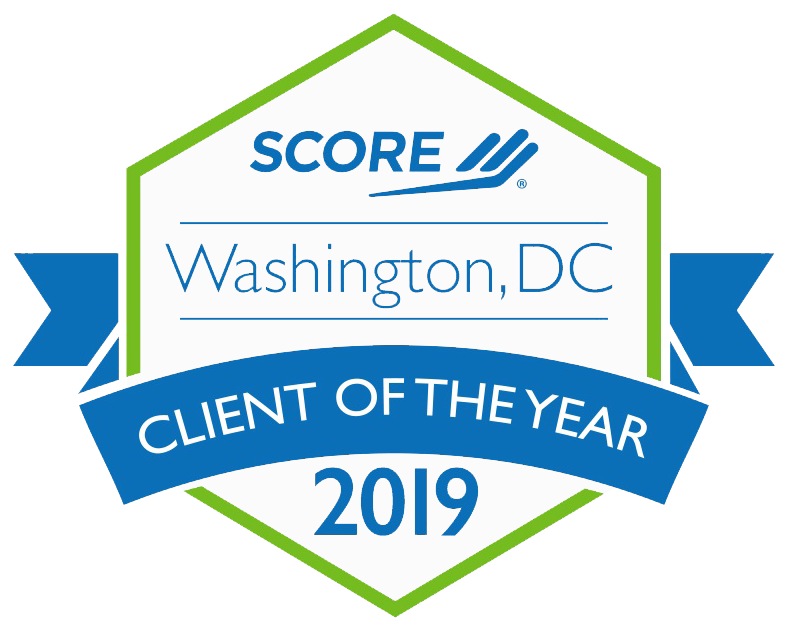Stories are an essential part of every grant application, as they help the funder connect with your nonprofits idea, mission and overall goals. It’s the best way to set yourself apart, and there’s a much better chance your proposal will resonate with the reader. However telling your nonprofits story isn’t easy, even if you know the organization like the back of your hand. It takes organization and creativity if you want it done right.
If you’re unsure where to start, think about your grant proposal like a novel. Every novel has five quintessential areas: a purpose, plot, characters, an audience, and great writing. So, how do you bring these to life in your grant proposal? Let’s break it down.
Step 1: The purpose.
Why does this story need to be told? And why is it important to tell it now? Every good story starts with a well thought out purpose, as it sets the baseline and guides you through the rest of your storytelling journey. You want the funder to know why your project is worth funding and what impact it’s going to have.
Step 2: The plot.
This is what we call the “meat” of your story. When it comes to grant applications, this means incorporating any organizational information, budget details, supporting documents, etc. What can you provide that will show the funder how the problem should be addressed, what the approach will be, and the expected logical outcome. If your project isn’t well planned out and outlined, these outcomes won’t make any sense to the reader. It’s important to continually stress the steps that are in place from beginning to end, so it’s clear how their input will make a difference.
Step 3: The characters.
Every great story includes great characters. The question is, who are these characters relative to your nonprofit? It’s important to remember that the application is not about you as a writer — it’s about the project leaders and staff on your end, and those participating on the funder’s side. But more importantly, the main characters are the people and causes that your nonprofit is aiming to serve. Because at the end of the day, this is what your goal is all about — helping!
Step 4: The audience.
We hear it all the time: storytelling is about knowing your audience, and grant writing is no different. An application should only be submitted when you know that the funders objectives and mission statement is in line with your own. Storytelling helps build relationships, and you don’t want to tell a story they don’t want to hear! In the same respect, make sure you aren’t changing a story just to try and sit them. If you start feeling yourself doing that, the funder probably isn’t a good option for you anyway.
Step 5: The writing itself.
Keep in mind anyone can have a great story, but the delivery matters. To deliver your story well, the first step is allowing yourself enough time to prepare, write, and submit it. You’ll want to make sure you’ve answered every question and requirement by the funder, and have somebody else (or multiple people) proofread it before submission. If it helps, ask your proofreader to explain the project back to you. Because if they can’t understand it…neither will the funder.
And there you have it! We hope these storytelling tips will take your grant proposal to the next level and increase your chance of attracting fundraisers. Need help in your grant writing process? RBW Strategy can help! Visit our services page for more info.






